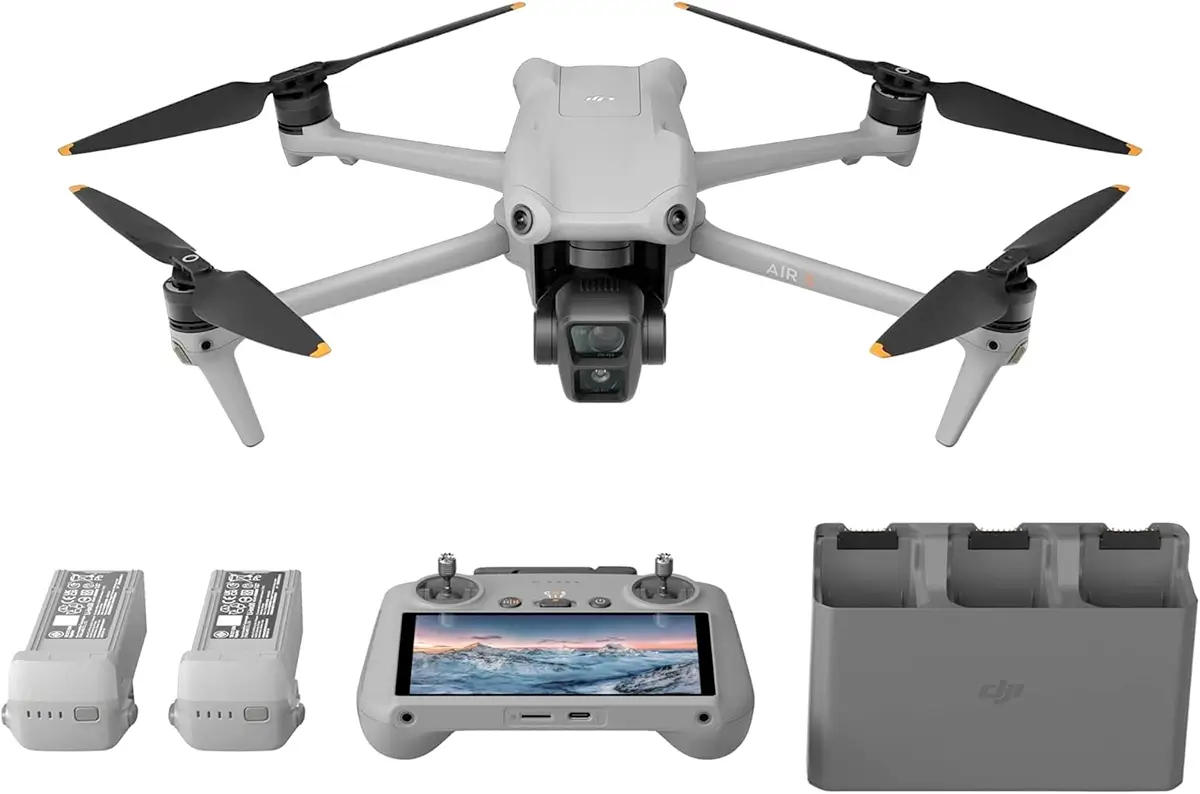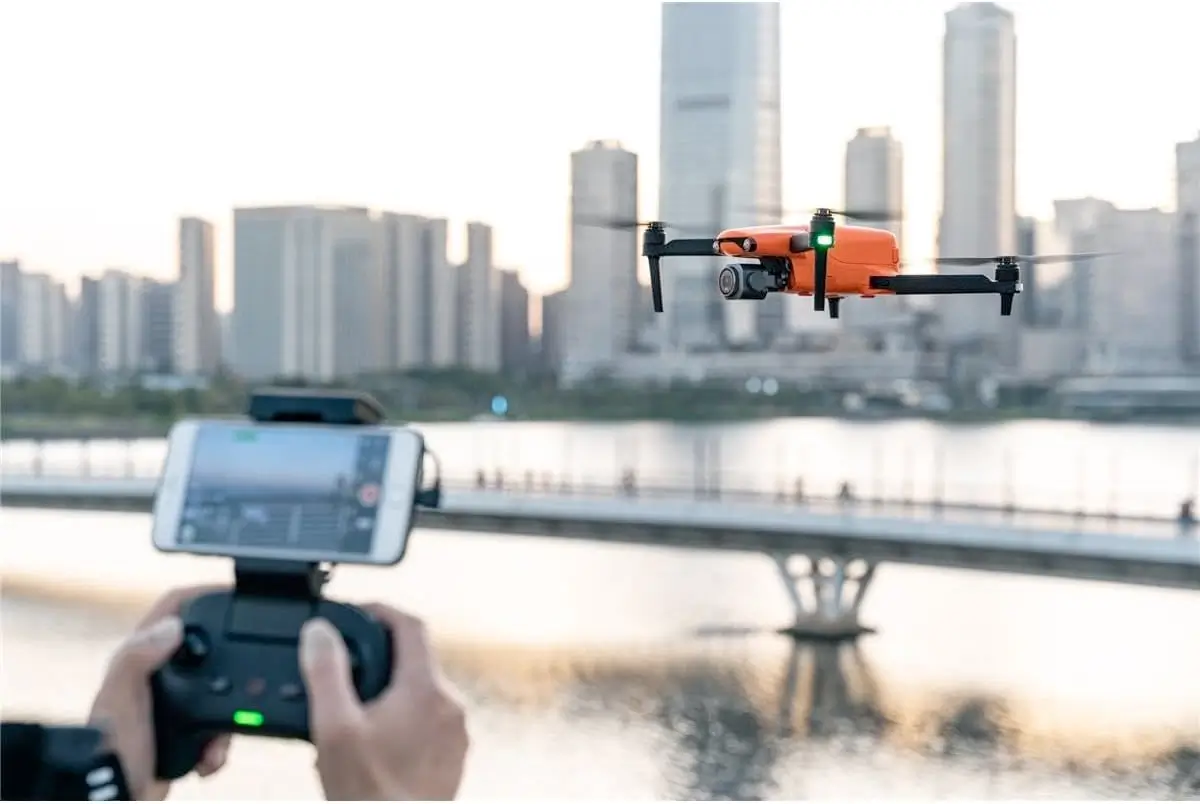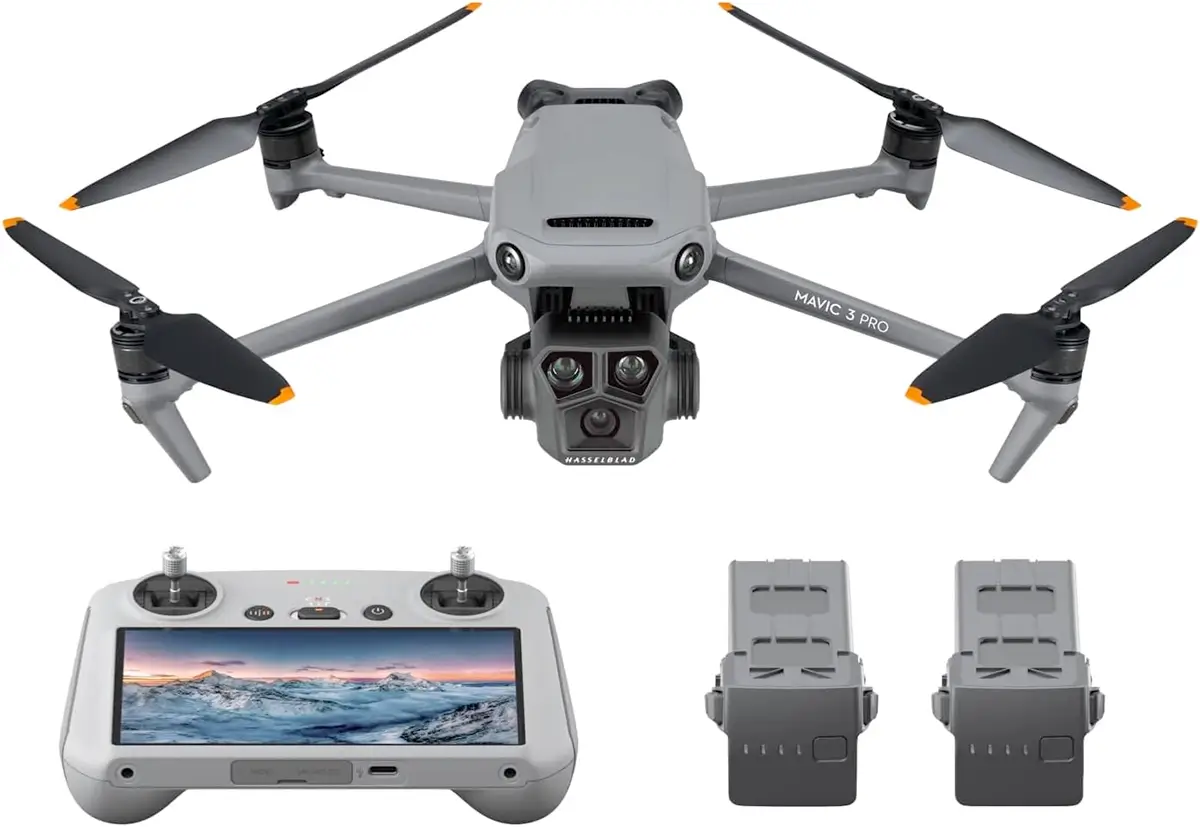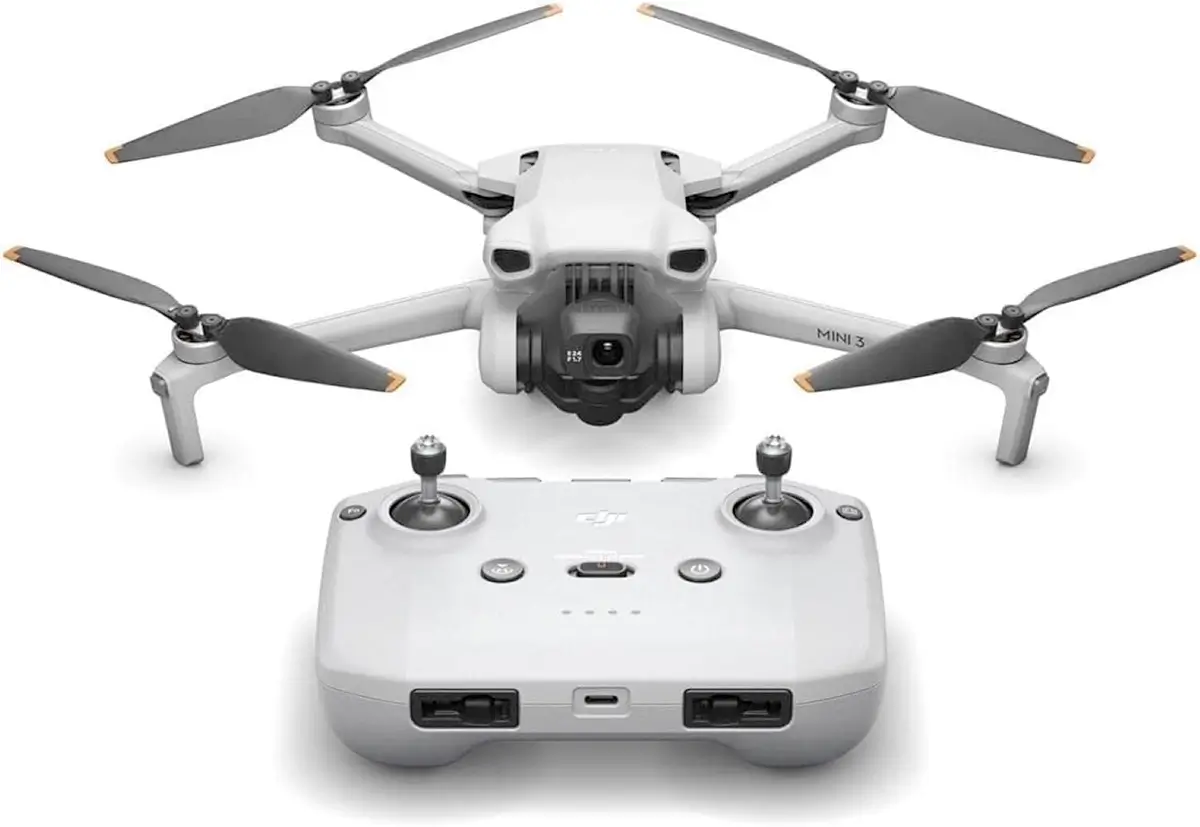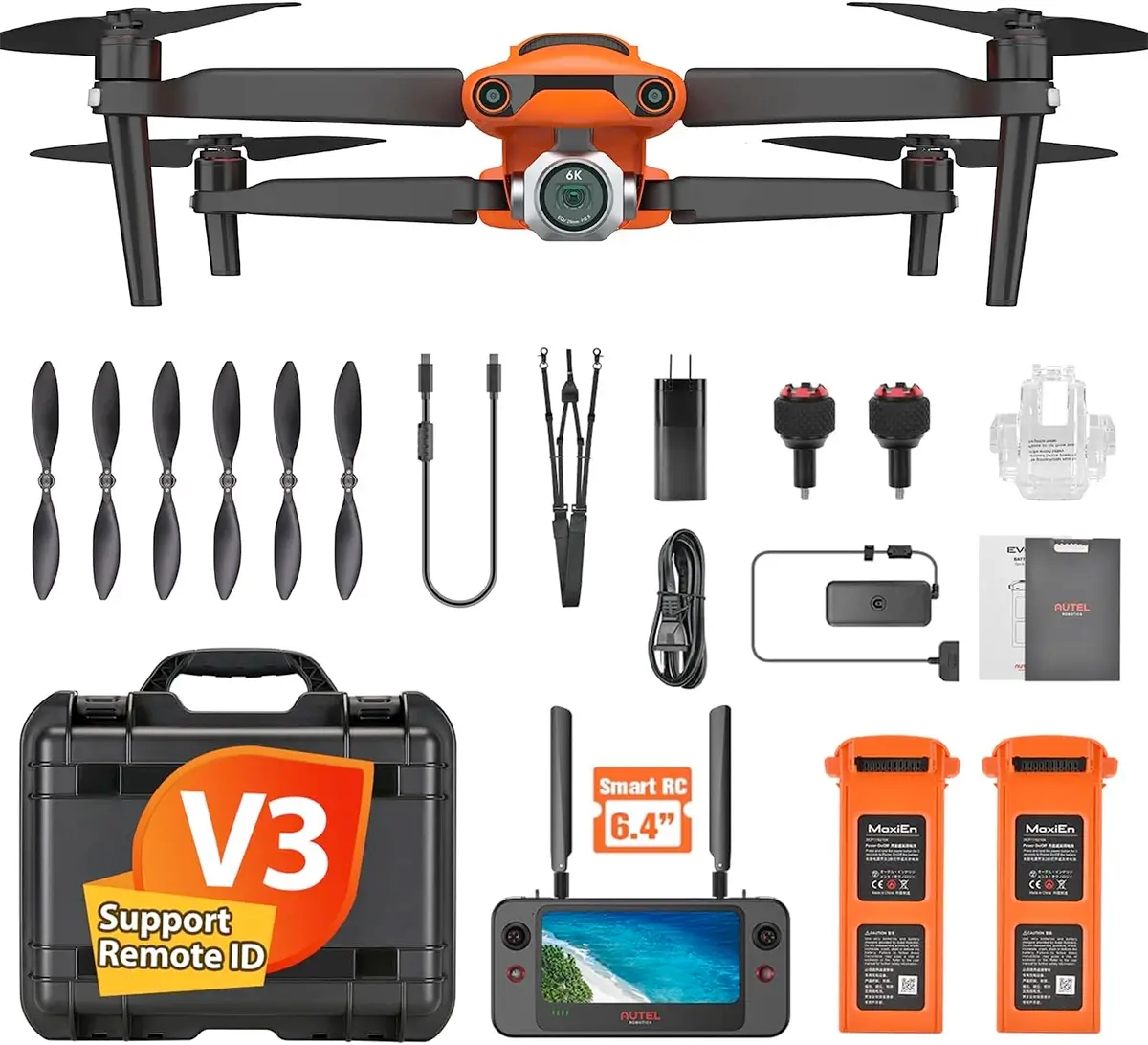Drone photography has taken off in recent years, quite literally, transforming the way photographers capture the world around them. The ability to shoot from unique aerial perspectives, whether it’s stunning landscapes, bustling cityscapes, or dramatic real estate shots, has unlocked endless creative possibilities. As drone technology advances and becomes more accessible, many photographers—both amateur and professional—are embracing this tool to enhance their portfolios. However, with this surge in popularity comes the need to understand evolving regulations, stay updated on trends, and learn the best practices for capturing breathtaking drone images.
Navigating US Drone Regulations: What You Need to Know
One of the biggest hurdles drone photographers face in the US is the strict but ever-changing regulatory landscape.
The Federal Aviation Administration (FAA) oversees the use of drones for both recreational and commercial purposes, and understanding the rules is crucial to flying safely and legally.
FAA Rules for Recreational Drone Pilots
If you're flying your drone purely for fun, you're classified as a recreational drone pilot. Here are the key rules you need to follow:
Register your drone: Any drone weighing more than 0.55 pounds (250 grams) must be registered with the FAA.
Stay under 400 feet: Drones must be flown below 400 feet to avoid interfering with manned aircraft.
Line of sight: You must always keep your drone within your visual line of sight.
Airspace awareness: You cannot fly in controlled airspace (near airports) without FAA authorization.
No flying over people or moving vehicles: Safety is a priority, and flying over crowds or cars is strictly prohibited unless you have a waiver.
FAA Rules for Commercial Drone Pilots
If you're making money from your drone photography (such as selling images or offering aerial services), you need to comply with additional rules as a commercial drone pilot. This includes:
Obtaining a
Part 107 certificate: You must pass the FAA’s Part 107 exam, which tests your knowledge of airspace regulations, safety protocols, and more.
File for waivers if needed: Commercial pilots often need waivers for certain activities, such as flying at night or in restricted areas.
Liability and insurance: While not legally required, commercial pilots should consider drone insurance to protect against potential accidents or damages.
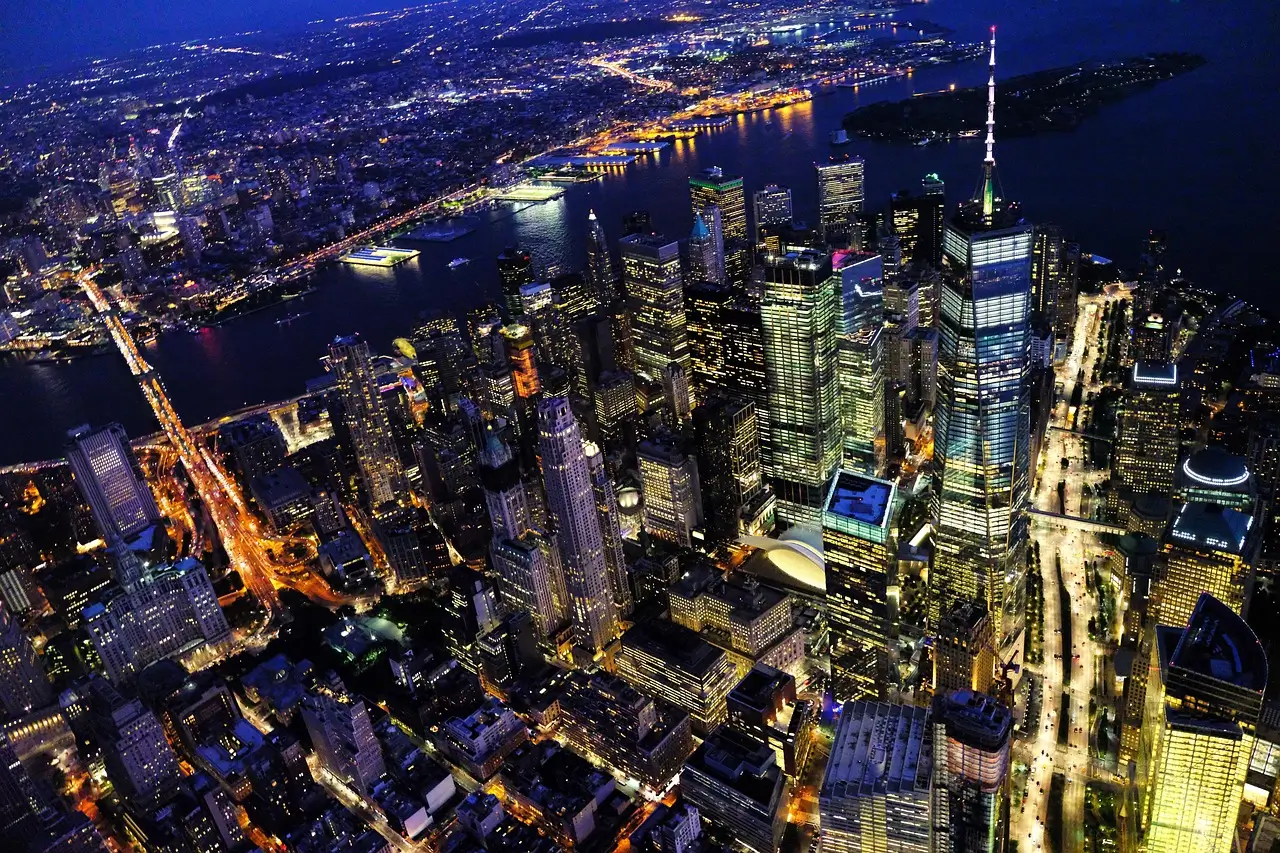
New York City © Igor Mattio for Pixabay
With drone technology improving year after year, 2025 promises even more advanced tools for photographers. Here are some of the best drones for different types of photography:
1. DJI Air 3 (Best All-Rounder)
DJI continues to lead the industry with its top-tier drones. The DJI Air 3 offers a balance of features, making it ideal for photographers of all skill levels. With a dual-camera system, 4K video capabilities, and advanced obstacle avoidance, this drone is perfect for both landscapes and urban scenes.
Best Combo Pack on Amazon
2. Autel Evo Lite+ (Best for Low-Light Photography)
For those looking to capture stunning aerial shots in challenging lighting conditions, the Autel Evo Lite+ shines. Its large sensor and impressive low-light performance make it a go-to for photographers shooting sunrise, sunset, or nighttime scenes.
Best Standard Package on Amazon
3. DJI Mavic 3 Pro (Best for Professional Aerial Photography)
For those seeking the best camera system in a drone, this model is an excellent choice. Top choice for high-end photography (Hasselblad Camera), with its triple-camera system, advanced zoom, and 5.1K video capabilities, it includes 70mm- and 166mm-equivalent lenses, allowing you to capture distant subjects with greater precision and clarity.
Fly More Combo Pack on Amazon
4. DJI Mini 3 Pro (Best Portable Drone for Photography)
Lightweight, portable, and packed with powerful features for its size, perfect for travel and on-the-go photography. And No Registration Needed - Under 249 g, FAA Registration, and Remote ID are not required if you fly for recreational purposes.
DJI Mini 3 on Amazon
5. Autel Evo II Pro (Best for High-Resolution Photography)
Features a 6K camera and a large 1-inch sensor, providing stunning detail and vibrant colors. The F/2.8-F/11 adjustable aperture, 3x optical(lossless) & 16x digital zoom capability and 44000 max ISO gives photographers more powerful creativity.
Autel Robotics EVO 2 PRO V3 on Amazon
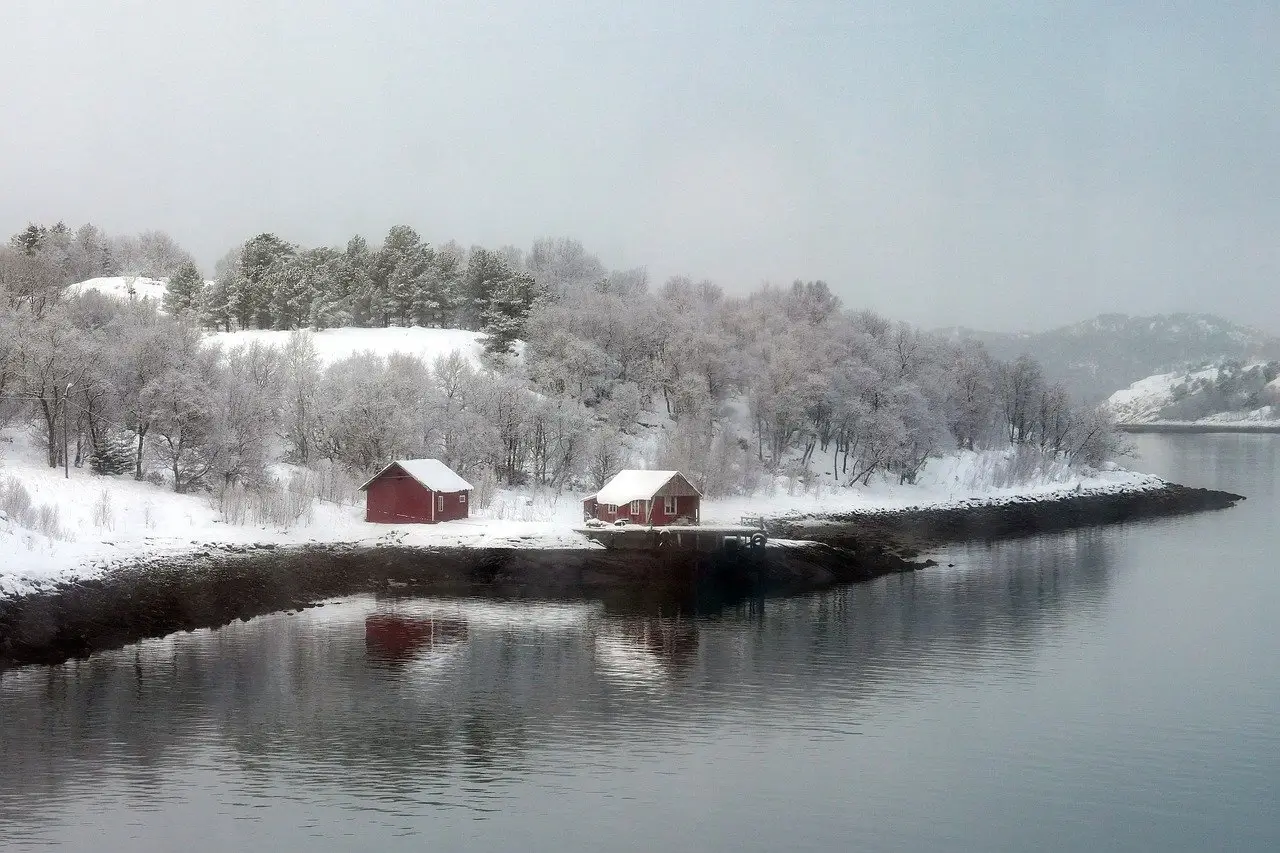
Image by Markus Kammermann from Pixabay
Flying a drone and capturing stunning images is an art form in itself. Whether you're new to drone photography or looking to refine your skills, these tips will help you elevate your work.
1. Plan Your Shots in Advance
Scout locations ahead of time, paying attention to weather conditions and time of day. For stunning aerial shots, golden hour (shortly after sunrise or before sunset) offers soft lighting and long shadows that can add depth to your images.
2. Use ND Filters
Neutral density (ND) filters help control the amount of light entering your drone’s camera, allowing you to shoot at slower shutter speeds without overexposing the image. They’re especially useful for shooting video or capturing motion blur in landscape shots, such as waves or rivers.
3. Experiment with Different Heights and Angles
While it’s tempting to fly high, don’t forget to explore lower altitudes and unique angles. Sometimes the most compelling shots are taken from just a few feet above the ground, providing a perspective that traditional photography cannot achieve.
4. Leverage Your Drone’s Smart Features
Many drones come with built-in “smart” features like automated flight paths, tracking modes, and panorama shots. Use these tools to capture more complex compositions or dynamic action shots without worrying about manual controls.
5. Post-Processing is Key
Drone photography often benefits from some level of post-processing. Use software like Adobe Lightroom or Photoshop to adjust exposure, contrast, and color balance. Aerial shots, in particular, can benefit from enhanced clarity and saturation to bring out details in both the sky and landscape.
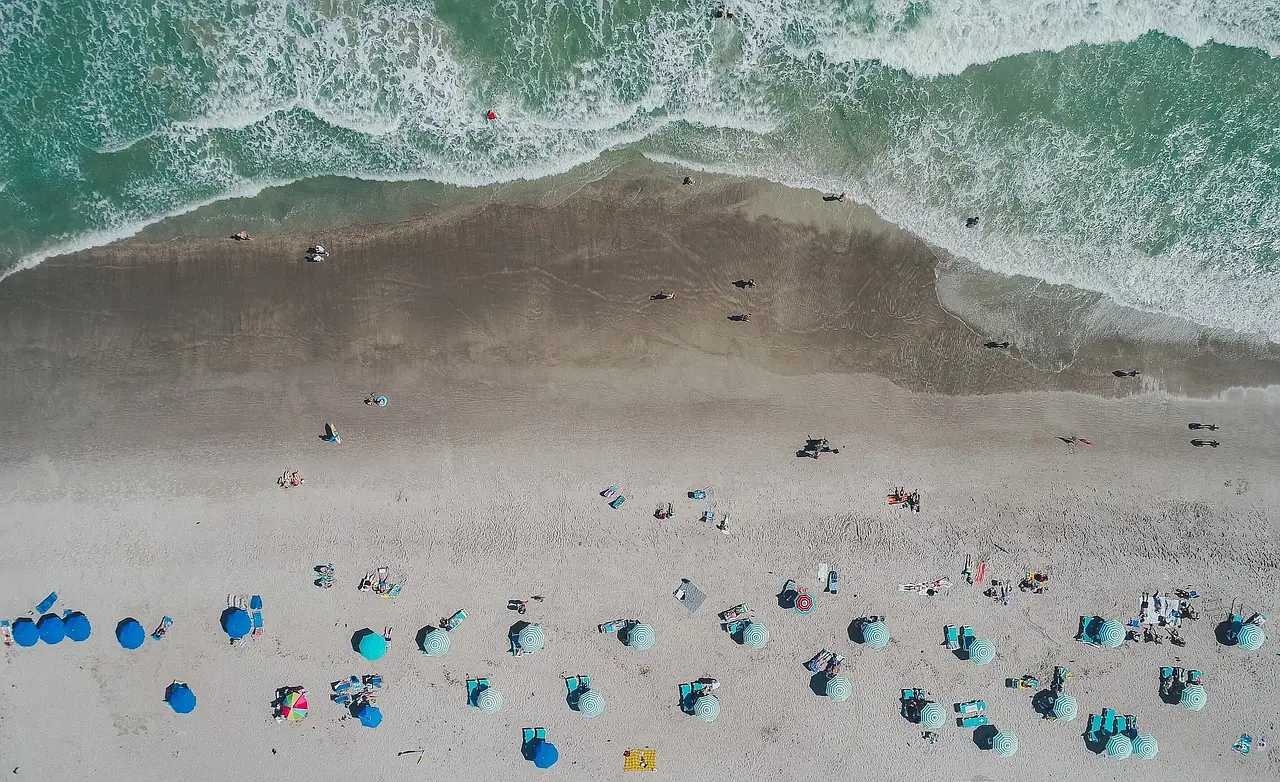
Image by StockSnap from Pixabay
Drone photography is an evolving field, and staying ahead of the trends can help you keep your portfolio fresh and exciting. Here are some emerging trends to watch:
1. 3D Mapping and Virtual Tours
As drones become more advanced, the use of 3D mapping and virtual tours is on the rise, especially in real estate and tourism. Photographers are using drones to create immersive experiences that allow viewers to explore locations from all angles.
2. Environmental Documentation
With climate change and environmental conservation gaining more attention, drone photography is playing a vital role in documenting natural landscapes and wildlife. From tracking deforestation to capturing the beauty of protected ecosystems, drones offer a new perspective on environmental challenges.
3. Cinematic Storytelling
In 2025, we expect to see more drone photographers experimenting with cinematic techniques. This includes not just aerial shots but integrating drone footage into broader visual narratives, blending video and still photography to tell compelling stories.
4. AI-Enhanced Drones
Artificial intelligence is set to revolutionize drone technology. Drones equipped with AI will be able to autonomously plan flight paths, avoid obstacles more effectively, and even enhance image quality in real-time. Photographers will be able to focus more on creativity and less on piloting.
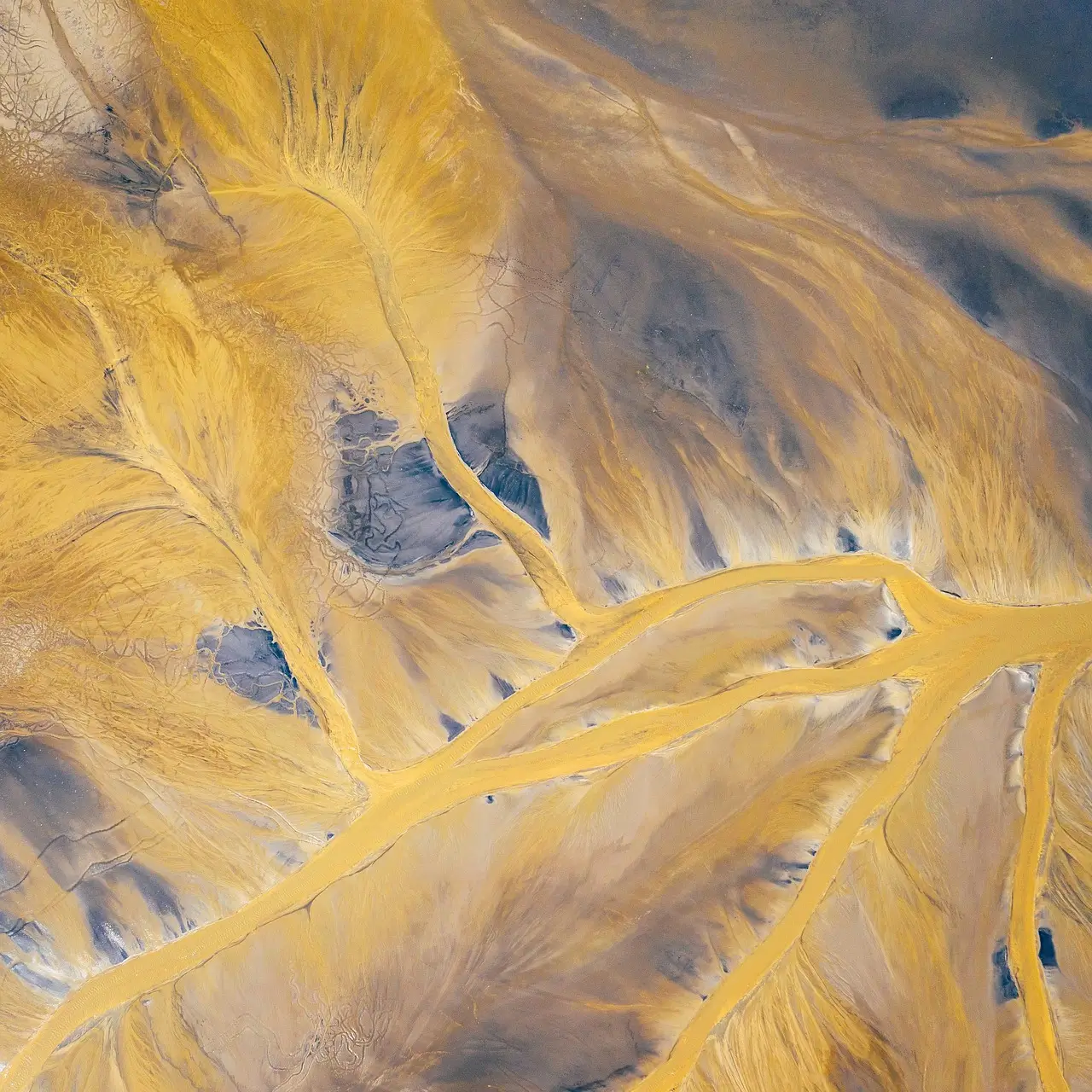
Image by Mariusz Prusaczyk from Pixabay
Drone photography is transforming the way we capture the world, offering limitless creative possibilities. While regulations are strict in the US, understanding and adhering to FAA guidelines will ensure you can fly safely and legally. As drone technology continues to evolve, there’s never been a better time to explore this exciting field. Whether you're an aspiring drone photographer or a seasoned professional, staying informed about the latest trends, tools, and techniques will keep you at the forefront of this rapidly growing niche.



